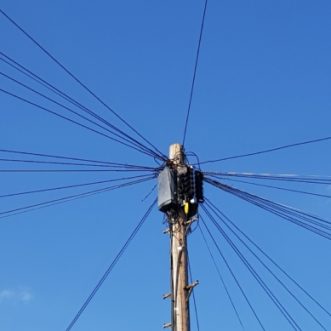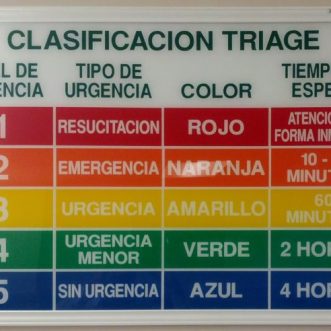
Flipping
This week, the problem with my broadband connection was finally sorted. After 4 months.
On the first visit the engineer ran some tests and did something with the connection at the bottom of the pole. He also checked the socket in my house and gave our arrangement the thumbs up. The speed went up again, but the fix only lasted a day. Whenever anyone called on the landline, it went down again.
On the second visit a new engineer ran some tests and did something else with the connection at the bottom of the pole. He also replaced the socket in my house with a new one. He explained that the reason why the fix didn’t last was because the system is set up to reduce the speed to keep the connection stable. Fair enough. The speed went up again, but only lasted a day. Whenever anyone called on the landline, it went down again.
On the third visit another engineer tinkered with the connection at the bottom of the pole. He ran some more tests, which determined that the fault was somewhere between the top of the telegraph pole and the outside of my house. Nothing changed. Terrible speed, and the line kept dropping.
On the fourth visit a different engineer tested the line from my end, inside the house. He then went to the cabinet half a mile away and tested the line from there. He identified that the fault was somewhere between the top of the telegraph pole and the outside of my house. So he looked for a likely location, got his ladder out and looked at the box that connects the line to the outside of my house, near the roof.
Bingo! The box was full of water. He changed the box, replaced the connectors, and everything was fine. And stayed fine.
I am delighted of course, and have nothing to complain of regarding any of the individuals involved either from my provider or from Openreach.
But I can’t help thinking that the process could be better.
I get that in a network, you have to be systematic in your search for a fault. I’ve done it myself.
Usually, you test the connection at one end, then the other, starting with the extremes. In this case, the exchange, and my socket. Then you repeat the test, working inwards through pairs of connecting nodes until you’ve narrowed down the location of the fault to a single length of wire.
But I wonder if the application of experience could shorten the process?
Maybe the answer would be to start with the shortest length of wire – between my socket and the connection at the top of my house – and work outwards from there? After all these are the parts most exposed to the elements, and most likely to fail.
It would be just as systematic and in the worst case take no longer than working from the outside in. But it could well be better for the customer as well as being quicker and cheaper for Openreach.
Or perhaps it would be even quicker and cheaper just to replace that external box every time, because it’s the weakest point in the chain and also the most accessible? That way you’re renewing the network as you go, for pence.
I don’t know. I’m not a telephone engineer. Just a process geek, who happens to be a customer.








